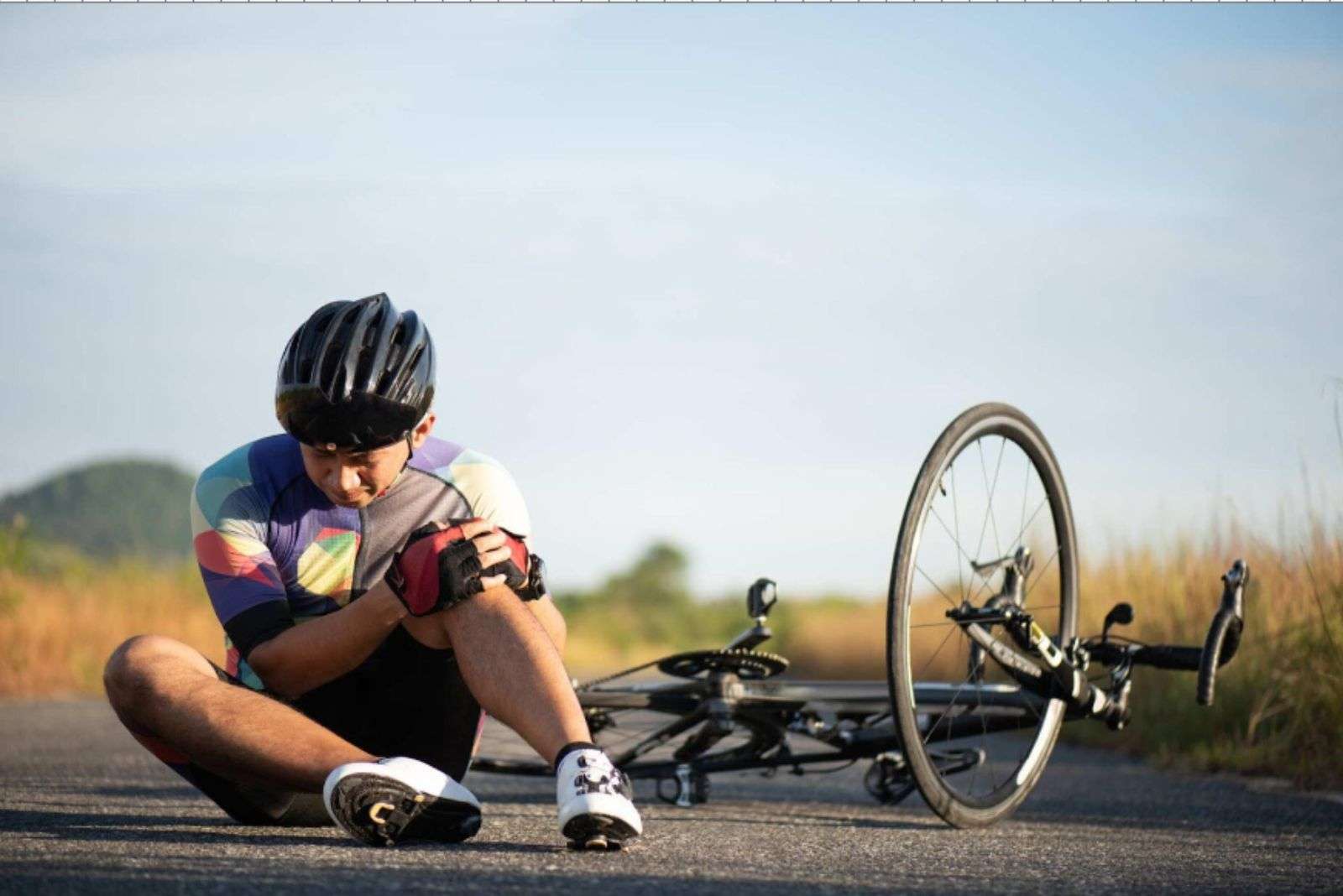Introduction
Every year, thousands of cyclists face injuries that range from minor scrapes to life-altering accidents. The roads can be a perilous place, but armed with knowledge and precautions, we can significantly reduce these risks.
Importance of Bicycle Safety
Cycling is not just a mode of transport; it’s a lifestyle and a passion for many. But with the joy of cycling comes the responsibility of safety. Understanding the common injuries cyclists face is the first step towards ensuring a secure and enjoyable riding experience.
Thesis Statement
This article will delve into the most common injuries cyclists face and provide valuable tips for prevention. From head injuries to road rash and collisions with vehicles, we’ll cover it all, equipping you with the knowledge to keep your cycling adventures safe and enjoyable.
Head Injuries: The Critical Concern
Severity and Long-term Consequences
Head injuries are among the most severe and potentially life-altering consequences of cycling accidents. Even a seemingly minor impact can lead to long-term cognitive impairments. Understanding their gravity is crucial in prioritizing preventive measures.
Helmets: A Lifesaver on Two Wheels
Wearing a helmet is the single most effective way to protect yourself from head injuries. We’ll explore the different types of helmets available and guide you on choosing the one that offers the best fit and protection for your style of riding.
The Science Behind Helmets
Statistics and studies overwhelmingly support the use of helmets. We’ll present compelling data that highlights how wearing a helmet drastically reduces the risk of head injuries, emphasizing why it should be non-negotiable for every cyclist.
Road Rash and Abrasions: Skin-Deep But Serious
Understanding Road Rash
Road rash, though it affects the skin’s surface, can have severe consequences if not treated properly. We’ll explain what road rash is, its potential complications, and why it should not be underestimated.
Dressing for Safety: Attire and Protective Gear
The right attire can make a significant difference in minimizing the impact of road rash. We’ll discuss the importance of wearing appropriate clothing and protective gear, including gloves and padded shorts, to safeguard yourself in case of a fall.
Prevention and Treatment
Simple steps can go a long way in preventing road rash. We’ll provide tips on safe riding techniques and how to handle minor abrasions. Knowing what to do immediately after a fall can make a crucial difference in the healing process.
Fractures and Dislocations: The Bone-Breaking Reality
Types of Fractures and Dislocations
Cycling accidents can lead to various types of fractures and dislocations. Understanding these injuries is essential for recognizing their symptoms and seeking prompt medical attention.
Posture and Body Positioning: Riding Right
Maintaining proper posture and body positioning while cycling can help prevent fractures and dislocations. We’ll provide practical advice on how to distribute your weight and adjust your posture to reduce the risk of bone injuries.
Seeking Medical Attention and Rehabilitation
In the unfortunate event of a fracture or dislocation, immediate medical attention is crucial. We’ll guide you on what steps to take and what to expect during the rehabilitation process, ensuring the best chances of a full recovery.
Collisions with Vehicles: Navigating Traffic Safely
Dangers on the Road
Sharing the road with motor vehicles can be a nerve-wracking experience for cyclists. We’ll highlight the common dangers associated with traffic and provide insights on how to stay safe while navigating through it.
Safe Cycling in Traffic: Tips and Techniques
Practical tips, such as proper signaling, maintaining visibility, and understanding right-of-way rules, can make a significant difference in preventing collisions with vehicles. We’ll equip you with the knowledge and skills to confidently and safely cycle in traffic.
Defensive Riding Techniques
Being proactive and vigilant on the road is paramount. We’ll delve into defensive riding techniques that can help you anticipate and respond to potential hazards, giving you an extra layer of protection in traffic.
Overuse Injuries: Listening to Your Body
The Overuse Conundrum
Overuse injuries are insidious and often underestimated. We’ll explore why they occur, their prevalence in cycling, and how paying attention to your body’s signals can help prevent them.
Building Strength and Flexibility
Strengthening the right muscle groups and maintaining flexibility is key to preventing overuse injuries. We’ll provide specific exercises and stretches tailored to cyclists, helping you build the physical resilience needed for long, enjoyable rides.
The Importance of Rest and Recovery
Rest is just as important as exercise in a cyclist’s routine. We’ll discuss the significance of regular rest intervals and proper recovery techniques, allowing your body to heal and prepare for the next adventure.
Strategies for Safe Riding: Proactive Measures
Preparing for the Ride
A comprehensive pre-ride checklist ensures that your bike is in optimal condition and that you are mentally and physically prepared for the journey ahead. We’ll provide a detailed checklist to go through before every ride.
Bike Maintenance: Keeping Your Ride Safe
Regular maintenance is crucial for bike safety. We’ll guide you through the essential checks and adjustments to make, ensuring that your bike is in top shape for a smooth and secure ride.
Knowing the Rules: Traffic Laws and Regulations
Staying informed about local traffic laws and cycling regulations is not only a legal obligation but also a vital safety measure. We’ll provide resources and tips on how to stay updated and compliant with the laws in your area.
Conclusion: Putting Safety First
Prioritizing Safety for a Lifetime of Cycling
Injuries are an unfortunate reality of cycling, but with the right knowledge and precautions, they can be significantly reduced. By making safety a priority, you can enjoy a lifetime of cycling adventures with confidence and peace of mind.
Take Action for Safe Cycling
Spread the word about cycling safety. Share this article with fellow cyclists and encourage them to prioritize safety. Consider signing up for a cycling safety workshop in your area to further enhance your knowledge and skills on the road. Together, we can make cycling safer for everyone.




